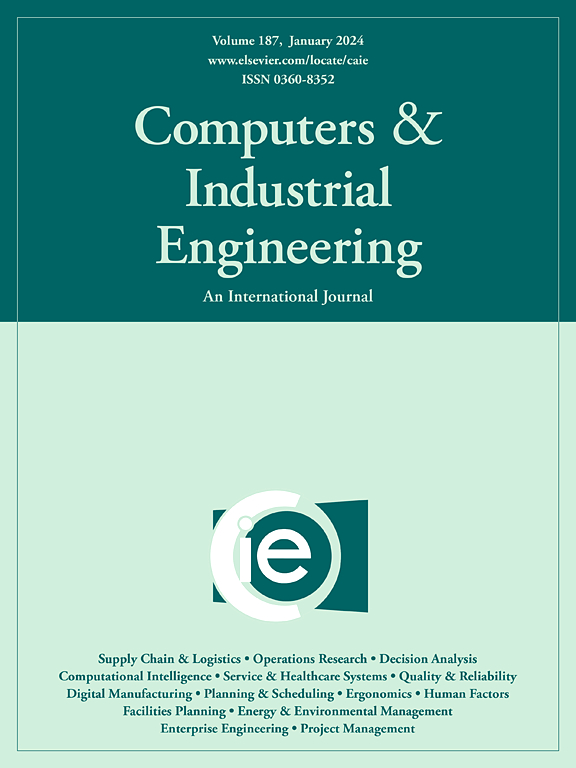释放协同效应:在工业 5.0 时代通过人机协作提高生产力
IF 6.7
1区 工程技术
Q1 COMPUTER SCIENCE, INTERDISCIPLINARY APPLICATIONS
引用次数: 0
摘要
本文章由计算机程序翻译,如有差异,请以英文原文为准。
Unlocking the Synergy: Increasing productivity through Human-AI collaboration in the industry 5.0 Era
The prevailing trajectory of technological evolution emphasizes the sustainable development of human-AI collaboration. In this study, we employ the coupling coordination degree model to evaluate the dynamics of human-AI collaboration in China and match it with listed companies. Through panel models, the study not only quantifies the contribution of such collaboration to enhancing company input–output efficiency but also explores how it serves as a catalyst for technological catch-up. Our findings indicate that the integration of human capital with AI emerges as a potent driver of company efficiency, with the extent of the impact also tied to organizational characteristics. Furthermore, the scale of investment and organizational size play a crucial role in the effectiveness of HIC, underscoring the adaptability of human-AI collaboration strategies to various organizational contexts and the importance of tailored implementation. Our research highlights the inherent collaborative potential of AI within the Industry 5.0 framework, advocating for the fusion of human creativity with AI precision to foster a development paradigm that is resource-efficient, cost-effective, and human-centric.
求助全文
通过发布文献求助,成功后即可免费获取论文全文。
去求助
来源期刊

Computers & Industrial Engineering
工程技术-工程:工业
CiteScore
12.70
自引率
12.70%
发文量
794
审稿时长
10.6 months
期刊介绍:
Computers & Industrial Engineering (CAIE) is dedicated to researchers, educators, and practitioners in industrial engineering and related fields. Pioneering the integration of computers in research, education, and practice, industrial engineering has evolved to make computers and electronic communication integral to its domain. CAIE publishes original contributions focusing on the development of novel computerized methodologies to address industrial engineering problems. It also highlights the applications of these methodologies to issues within the broader industrial engineering and associated communities. The journal actively encourages submissions that push the boundaries of fundamental theories and concepts in industrial engineering techniques.
 求助内容:
求助内容: 应助结果提醒方式:
应助结果提醒方式:


